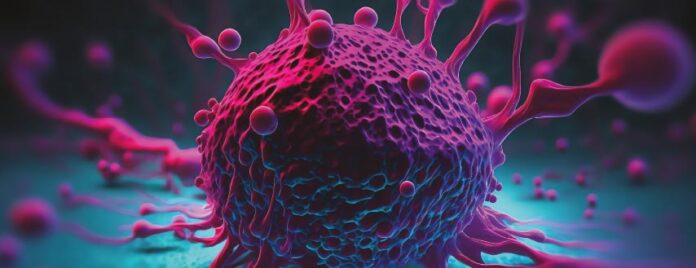
A new study from the University of Alabama at Birmingham (UAB) has identified 36 different genes that may help predict cancer drug resistance, offering the potential for more personalized cancer treatments. The research, led by Anindya Dutta, PhD, professor and chair of the UAB Department of Genetics, published in npj Precision Oncology, aims to better understand the genetic factors contributing to cancer cells’ drug resistance.
Cancer is a complex disease with hundreds of different types, each characterized by the cells from which they originate. Even for patients with the same cancer type, therapeutic outcomes can vary widely due to factors such as genetic predisposition, immune response, and lifestyle. This unpredictability arises in part because cancer cells can develop genetic mutations that allow them to resist treatment, rendering therapies ineffective.
To address this challenge, Dutta and his team launched research to identify patterns within what appears to be the randomness of cancer drug resistance. The team analyzed data from several large cancer cell databases, including the Genomics of Drug Sensitivity in Cancer (GDSC), the Cancer Therapeutics Response Portal (CTRP), and the Catalogue of Somatic Mutations in Cancers (COSMIC). These databases contain data on how cancer cell lines respond to different drugs and catalog their genetic mutations.
Using these data, Divya Sahu, a researcher in Dutta’s lab, studied 777 cancer cell lines that were present in both the GDSC and CTRP databases and identified 36 genes that were strongly linked to resistance to anticancer drugs. One gene, FAM129B, stood out as particularly important in drug resistance, a finding that aligns with previous research and verified the validity of their analytic approach.
Based on these 36 genes, the researchers developed a polygenic risk score called UAB36, which showed superior ability to predict resistance to various anticancer drugs compared with existing methods. The team then applied UAB36 to predict the expression of genes linked to breast cancer resistance to the selective estrogen receptor modulator (SERM) drug tamoxifen, a commonly used medication to fight the disease. The researcher’s analysis showed that UAB36 demonstrated higher predictive power to tamoxifen resistance than other established gene signatures, including ENDORSE and PAM50.
Moving beyond cell lines, the team then applied UAB36 to predict patient outcomes in three separate cohorts of breast cancer patients treated with tamoxifen. The results showed that patients with higher UAB36 scores tended to have poorer survival, independent of factors like age and tumor stage. This finding suggests that the UAB36 score could be used as a biomarker to identify patients at higher risk for treatment resistance and poor prognosis.
The study’s authors believe UAB36 can be a promising tool for developing personalized cancer treatment plans in the clinic. By identifying patients who may be more likely to develop resistance to tamoxifen, UAB36 could help doctors tailor treatment strategies and explore alternative therapies for these patients. However, the researchers emphasize that further validation in prospective clinical trials is necessary to confirm the score’s clinical utility.
“This approach should provide promising polygenic biomarkers for resistance in many cancer types against specific drugs and can be improved further by incorporating machine-learning methods in the analysis,” Dutta said.





